The views expressed in our content reflect individual perspectives and do not represent the authoritative views of the Baha'i Faith.
At the origin and center of any Faith is the founder. He, not his followers, defines the religion, establishes its principles and launches it into human hearts.
The messenger of God, not the interpretations or limited ideas of those who come after, is the standard by which we should evaluate any religion.
In every respect, Baha’u’llah forms the foundation of the Baha’i Faith, and the pivot around which revolve all the teachings and principles of his religion. To know Baha’u’llah is to read his writings; therein lies the essence of his message.
I find my words to be inadequate in describing him; no description or characterization seems satisfactory.
How can I describe Baha’u’llah’s majesty, his essential holiness and radiance of being, in a way in which you can share the esteem and reverence I feel when I read passages of his writings? Only reading them for yourself will achieve this. Even the contemporary historians who witnessed and recorded the unparalleled events of Baha’u’llah’s life were often left wordless in their attempt to describe him.
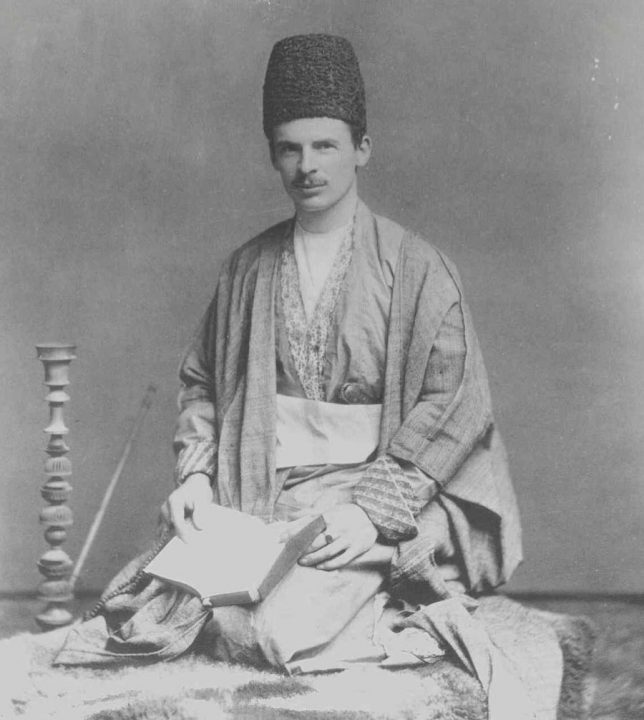
Probably the best attempt at a description occurred just two years before Baha’u’llah’s death, when he received one of the few Westerners ever to meet him. The visitor was Edward Granville Browne, a rising young orientalist and future professor from Cambridge University in England. Years later, describing his meeting with Baha’u’llah, Browne wrote:
Though I dimly suspected whither I was going and whom I was to behold (for no distinct intimation had been given me), a second or two elapsed ere, with a throb of wonder and awe, I became definitely conscious that the room was not untenanted. In the corner where the divan met the wall sat a wondrous and venerable figure … The face of Him on whom I gazed I can never forget, though I cannot describe it. Those piercing eyes seemed to read one’s very soul; power and authority sat on that ample brow … No need to ask in Whose presence I stood, as I bowed myself before one who is the object of a devotion and love which kings might envy and emperors sigh for in vain! A mild dignified voice bade me be seated. – E.G. Browne, quoted by Shoghi Effendi in Appreciations of the Baha’i Faith, p. 16.
Baha’u’llah spoke these words to Browne:
Praise be to God that thou hast attained! … Thou hast come to see a prisoner and exile … We desire but the good of the world and the happiness of the nations; yet they deem Us a stirrer up of strife and sedition worthy of bondage and banishment … That all nations should become one in faith and all men as brothers; that the bonds of affection and unity between the sons of men should be strengthened; that diversity of religion should cease, and the differences of race be annulled – what harm is there in this? … Yet so shall it be; these fruitless strifes, these ruinous wars shall pass away, and the ‘Most Great Peace’ shall come … Yet do We see your kings and rulers lavishing their treasures more freely on means of destruction of the human race than on that which would conduce to the happiness of mankind … These strifes and this bloodshed and discord must cease, and all men be as one kindred and one family… Let not a man glory in this, that he loves his country; let him rather glory in this, that he loves his kind … – The Proclamation of Baha’u’llah, p. v.
No satisfactory terms suffice to portray the character or personality of Baha’u’llah, or, for that matter, the nature of messengerhood itself. In the past, people have tried to retrospectively describe Moses, Buddha, Jesus, or Muhammad, but have failed to capture the mystical spirit of adoration with which the earliest apostles and disciples held the messengers of God. Over the years, little by little, people finally settled on a handful of designations for the messenger of God for their age: words like prophet, seer, revelator, mouthpiece, savior, messiah, redeemer, enlightened one. These represent our impoverished efforts to describe something which has come from God and is beyond our vocabulary.
It is the same for Baha’u’llah. In a sense, describing the messenger of God is like describing the sun. I can describe the sun’s light and warmth, but in the end words fail to convey its scintillating, life-giving reality.
Perhaps the best portrayal of both the sun and the messenger of God requires the analogy of the mirror: like a perfectly polished mirror placed in the sunlight, Baha’u’llah, in common with all the past messengers, reflects the glory of God. In a physical sense, Baha’u’llah and these messengers are not God, just as the reflection in the mirror is not the sun. Although the bright reflection and the sun itself appear equal, both shedding their light and warmth upon us, they are separate. It is impossible for us to approach the actual sun without being consumed in a mighty force beyond our comprehension, but we can draw near to the reflection in the mirror and understand something of the light and power of the sun. In the same sense, holy messengers function as intermediaries between God and humanity, the mirror in whose reflection we can see the attributes of God.
One of the symbols of the Baha’i Faith express this concept of an intermediary. Baha’is who wish to wear a symbol of their religion sometimes use this as an emblem on a ring. The symbol has two basic elements: the design itself and the calligraphic Arabic letters it contains:
As a design, the horizontal strokes symbolically represent, from top to bottom, the world of God, the Creator; the world of the messenger and his cause; and the world of man, the creation. The vertical line repeats the middle horizontal line: the world of the messenger, thus joining the world of the Creator with that of His creation. The two five-pointed stars to either side of the middle line represent the human body, as well as symbolizing the two messengers for this age, Baha’u’llah and his forerunner, the Bab. The design is composed of the Arabic letters ‘b’ and ‘h’ which stand for the consonants in the words “Baha” and “Bab,” the titles of the two most recent messengers of God.
This series of essays is adapted from Joseph Roy Sheppherd’s book The Elements of the Baha’i Faith, with permission from his widow Jan Sheppherd.


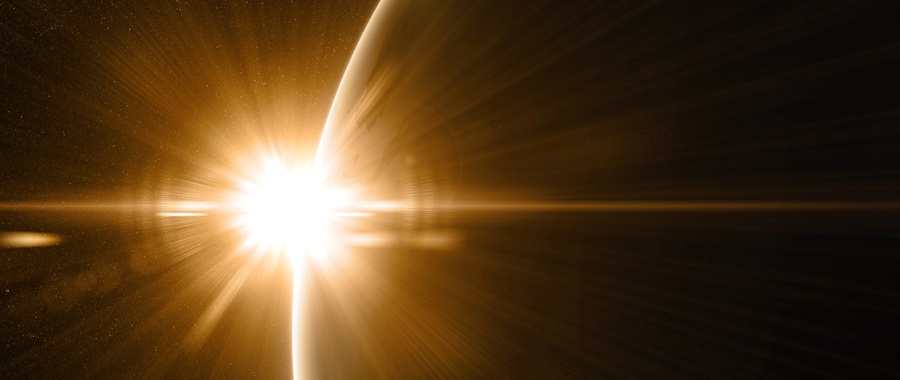


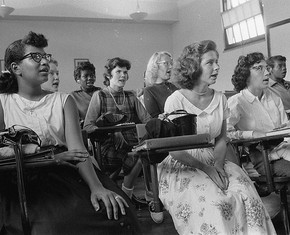
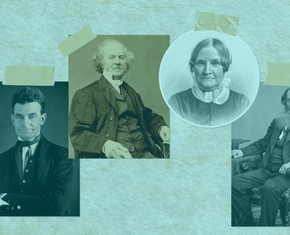


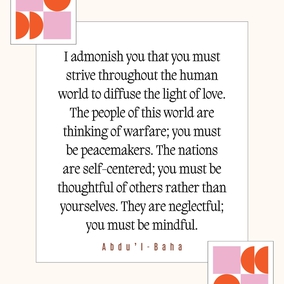
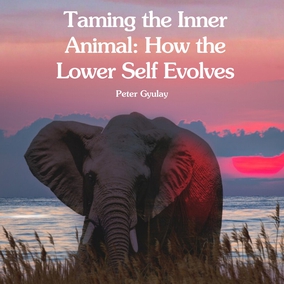


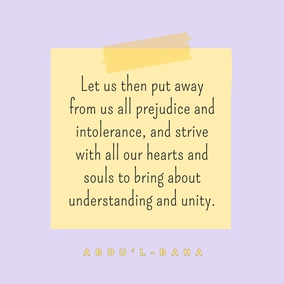
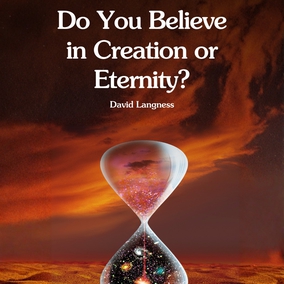

Comments
Sign in or create an account
Continue with Googleor